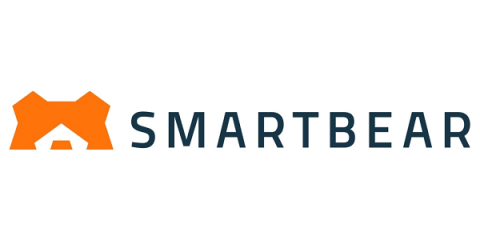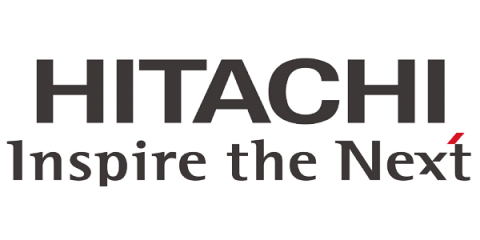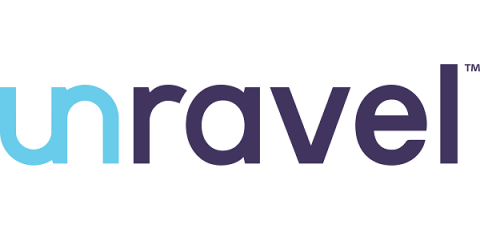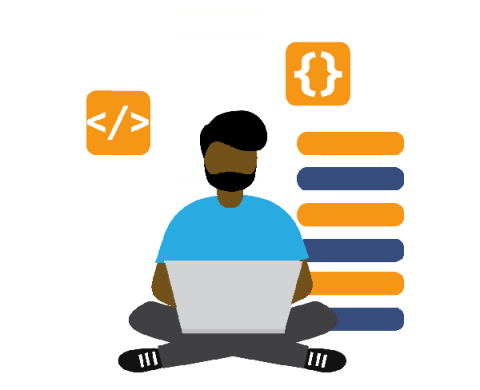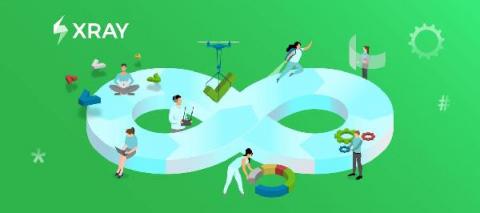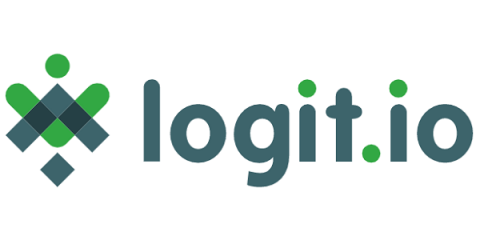Systems | Development | Analytics | API | Testing
DevOps
On the Road to Distributed Cloud
It seems like only yesterday that the cloud was considered the destination. For technology decision-makers, choices boiled down to: “Do I want this thing in my data center, or would it be better, cheaper and faster in the cloud?” The cloud was the place to be.
DataOps vs DevOps
The exponential adoption of IT technologies over the past several decades has had a profound impact on organizations of all sizes. Whether it is a small, medium, or large enterprise, the need to create web applications while managing an extensive set of data effectively is high on every CIO’s priority list. As a result, there has been an ongoing effort to implement better approaches to software development, data analysis, and data management.
Empowering Founding Engineers
Massive tomes have been written on engineering management, but I thought it might be helpful to take a brief minute to discuss setting up your Founding Engineers (FE) for success. For this post I define FEs as the first wave of engineers hired after the founding team. This round of hiring usually takes place after seed funding has been secured and some semblance of initial product/market fit has been achieved.
Get started with DevOps: principles, best practices and tips
DevOps merges operational and development teams to boost the speed of software development and ensure that the final product is delivered as clean and consistent as possible. Ultimately, DevOps allows teams to increase product quality and speed of delivery in even the most highly competitive environments. The idea of weaving together disparate teams to accelerate development might appeal to many organizations, but some common challenges may come up before implementing a DevOps environment.
Hybrid Cloud: Unlocking App Modernization With Kubernetes
Last month, we were proud to launch our Hitachi Kubernetes Service, a true storage-as-a-service (SaaS) offering to improve the performance and management of multiple Kubernetes environments. By enabling users to manage their clusters simply and securely across any major cloud provider and on premises, Kubernetes can play an instrumental role in businesses’ modernization efforts. It’s for this reason that we are always working to get it on the radar of our existing clients.
The Top 8 Tools For Any Java Developer's Toolkit
Java developers are unlikely to ever suffer from a lack of libraries, utilities, and programs at their disposal. There's no shortage of tools that offer niche as well as fundamental features. However, some tools undoubtedly stand out due to their popularity, usefulness, data representation, and in-tool features. These 8 tools listed below are often listed as some of the best Java development tools available on the market.
Flutter & Codemagic: Manual Android code signing via Flutter Workflow Editor
Github vs Gitlab: An Impartial Guide
In our latest tools guide, we wanted to gather insights from a number of real users of these two giants in the Git & version control space to help you decide between using Github or Gitlab for your latest software development project. “GitHub is a common and easy-to-use website to host code in a way that's shareable with a large number of people”, states Melanie, Content Director at KitelyTech.
Top Configuration Management Tools: Chef vs Puppet & More
In this latest consideration guide created to assist IT operators in which tools they choose for a range of different processes and activities, we’ve gathered a range of insights from some of our favourite specialists to take you through the essentials tools of configuration management. Configuration management is a systems engineering practise that ensures consistency of the configuration supporting both software and hardware of a company or product.


